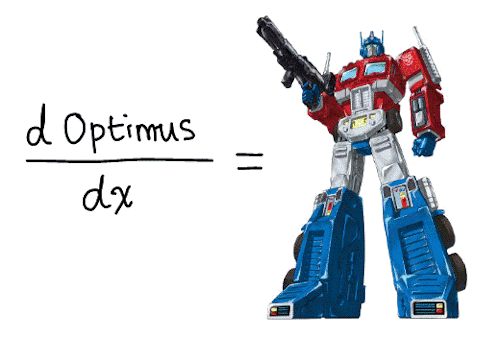 |
| Image: ClassicBattletech.com |
JZ: "For a scenario book that is supposed to be an introduction to Battletech for new players, there are a lot of problems that only an experienced player would know how to deal with."A lot of problems indeed. This book is intended as a sort of bridge between the Boxed Set and Total War rules, but it assumes players already know the full rules. Many missions descriptions are also quite vague as to exactly how they are supposed to be set up. Our veteran crew and GM take these problems in stride, but it would be difficult for new players to figure these things out.
The book could have done with more playtesting too, and mea culpa, I was one of the playtesters! My recollection is hazy, but we only had 18 days - enough for proofreading, but nowhere near enough time to play many missions. This also came at a busy time for most of our group, and I don't recall that we played any of these missions. This may also be a problem of having veteran players review a product intended for new players; the bugs that will trip up new players are nearly invisible to players that have been playing the game for years.
Errata problems aside, there are issues with the scenario tracks too. An inexperienced player could easily run out of WarChest Points (WP) with just a few unwise decisions. Taking the wrong combination of force and mission options (plus a little bad luck) turned into a big setback for our Sabres players. Now it's OK if players run out of WP, but I don't see how inexperienced players could avoid running into trouble. These scenarios really need an experienced gamemaster to supervise and help keep the players on a steady course.
There is another issue with these missions that is quickly becoming apparent; the scenario balance is just awful. If you play with the original mechwarriors and mechs from the book, and if the opposing force gets a few good rolls of the dice during the setup, then some of these missions can be challenging. --BUT-- If you are playing (as we are) where mechs can "lightly" modified with prototype weapons and upgrades, or replaced with other mechs purchased or captured, then the scenarios become heavy unbalanced in favor of the Teeth/Sabres sides.
I must admit my bias: I like well balanced scenarios because they are the most fun. I have been playing Battletech long enough that simply winning has little attraction for me - I want a challenge, because challenges are fun! Winning is still cool, but I want to win in a fair fight, not in some goofball setup where one side has no real chance to win (Our group even have a special name for these sort of scenarios). Consider how the following aspects of the Sword and Dragon missions lead to unbalanced scenarios:
- Random opposition selection is highly variable, and the players could be up against a tough fight. This encourages them to ALWAYS field the strongest lance of mechs available, even when a weaker lance might be able to pull it off with a little luck.
- There are heavy penalties for not accomplishing mission objectives, so players are again encouraged to field a very powerful force, even if they might get by with less, simply because they cannot afford to lose.
- Random force selection does not consider that players may have upgraded their force. Even if the scenario might have been balanced originally, any improvements players make with push this towards unbalanced missions.
I know I am asking for a lot. Computer games might be be able to adapt to players in this way, but can a boardgame possibly do this? The answer is yes, after a fashion. In a series of Battletech scenarios, there is no reason you couldn't have measure of performance or margin of victory, and use this to adjust the difficulty of future scenarios. To do this you need to start with a good way to rate the strength of force and opposition, which is one of the reasons I keep going on and on about point balance systems. You would also need a way to measure margin of victory over a series of scenarios. Chess, basketball, and many other games have ratings of skill and ability as measured by their performance against other players or teams. You could do this for Battletech too, with a bit of work. Finally, instead of just rewarding players for winning, make the rewards contingent on the difficulty of scenario they choose. Given the choice of an easy win or a challenging game, I think players will go for the challenge every time.
Hint: This is a topic I hope to spend some time with in 2011 (now where did I leave my notes?).
I should add a comment about scenario objectives, since there were some recent comments about objectives and balance in my recent post on Point Values for Squadron Strike. Sword and Dragon does use scenario objectives, but most of them are useless for maintaining any sort of balance, and some actually make it worse. A way to rate the difficulty of scenario objectives is something else I'm going to have to consider (and that's a tough one!).
And here is a bit of copyright info, just to make sure everyone is happy.
© 2001-2010 The Topps Company, Inc. MechWarrior, BattleMech, ‘Mech and AeroTech are registered trademarks of The Topps Company, Inc. All Rights Reserved.































